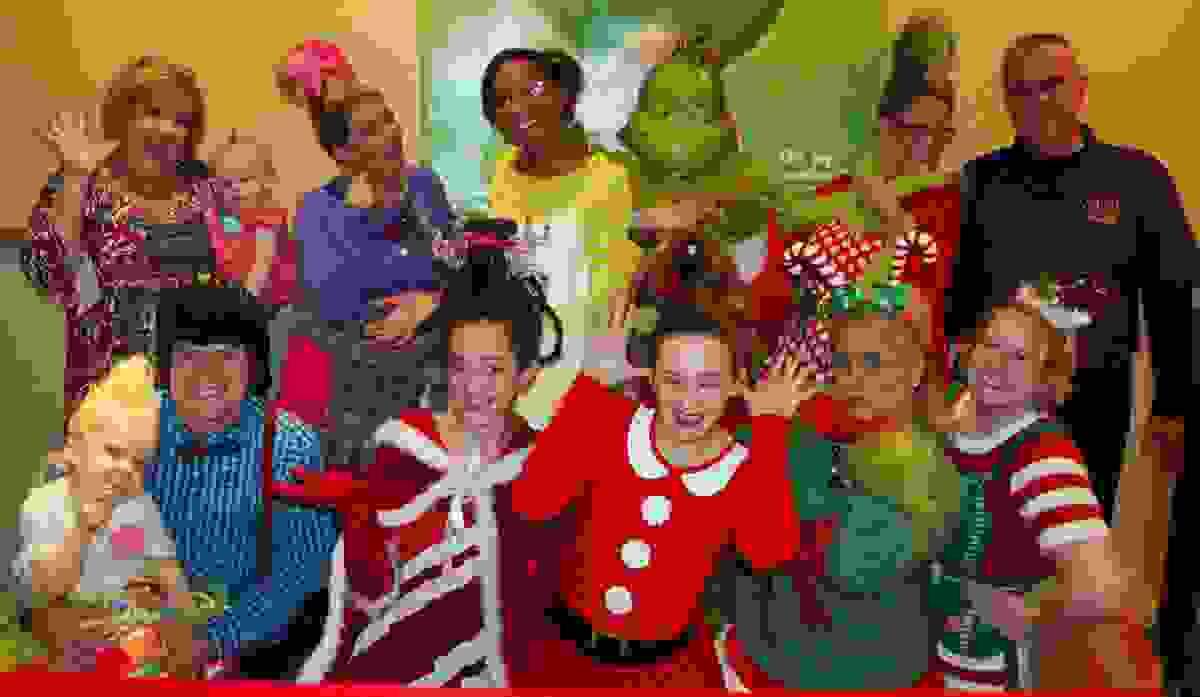Exploring the Quirky Linguistic World of Whoville Unraveling the Language of a Fictional Community

Introduction
In the whimsical universe of Dr. Seuss, there exists a town nestled snugly in a snowflake, a place brimming with eccentricity and charm—Whoville. Among the many enchanting aspects of it, one element stands out: the unique language spoken by its inhabitants, the Whos. With words that twist, turn, and dance off the tongue, the language of Whoville adds depth and character to this fictional community. In this article, we delve into the linguistic landscape of Whoville, exploring its quirks, nuances, and the delightful phrases that make it truly one-of-a-kind.
Origins of Whoville Language
To understand the language of Whoville, one must first consider its creator, Dr. Seuss, whose real name was Theodor Seuss Geisel. Known for his playful use of language and inventive wordplay, Dr. Seuss infused it with a linguistic flair all its own. Drawing inspiration from various sources, including nonsensical rhymes and imaginative phonetics, he crafted a lexicon that mirrors the whimsical nature of his storytelling.
Phonetic Prowess
At the heart of the Whoville language lies its phonetic prowess. Words roll off the tongue with a delightful cadence, often featuring alliteration, consonance, and playful sounds. Consider the classic phrase, “Welcome, Christmas, bring your cheer, Cheer to all Whos far and near.” The repetition of the “ch” sound not only creates a melodic rhythm but also reinforces the festive spirit of the occasion.
Furthermore, Dr. Seuss masterfully blends familiar words with invented ones, resulting in a lexicon that feels simultaneously alien and familiar. Terms like “Grinchy” and “Whobilation” effortlessly capture the essence of it while inviting readers into its fantastical world.
Whoville Grammatical Quirks
In addition to its phonetic charm, the it language boasts grammatical quirks that set it apart from conventional English. One notable feature is the frequent omission of articles and pronouns, lending a sense of simplicity and directness to communication. For example, instead of saying, “We are going to celebrate,” a Who might say, “Going celebrate!” This economy of language reflects the practical, no-nonsense attitude prevalent among Whos.
Moreover, the syntax of the it language often follows its own rules, eschewing traditional sentence structures in favour of a more fluid and expressive form of communication. Sentences may twist and turn, mirroring the whimsical nature of Dr. Seuss’s prose and adding to the overall charm of it’s dialogue.
Idiomatic Expressions
No exploration of the Whoville language would be complete without a nod to its idiomatic expressions—colourful phrases that encapsulate the unique worldview of its inhabitants. From “Who-hash” to “Dinglehopper,” these expressions evoke a sense of whimsy and imagination, inviting readers to immerse themselves fully in the world of Whoville.
Furthermore, idiomatic expressions in the Whoville language often carry deeper meanings, serving as metaphors for universal human experiences. For example, the term “Holiday Cheermeister” not only refers to a festive role within Whoville society but also symbolizes the importance of spreading joy and goodwill—a theme central to many of Dr Seuss’s works.
Cultural Significance
Beyond its linguistic charm, the language of Whoville holds significant cultural importance within the context of Dr Seuss’s storytelling. It serves as a reflection of the values and traditions cherished by Whos, emphasizing the importance of community, kindness, and resilience in the face of adversity.
Moreover, the language of Whoville serves as a powerful tool for world-building, transporting readers to a fantastical realm where imagination knows no bounds. Through its playful use of language, Dr. Seuss invites audiences of all ages to embrace their inner child and revel in the magic of storytelling.
Conclusion
In the colourful tapestry of Dr Seuss’s imagination, the language of Whoville shines as a beacon of creativity and whimsy. With its phonetic prowess, grammatical quirks, idiomatic expressions, and cultural significance, the Whoville language adds depth and charm to the fictional community it inhabits. As readers journey through the pages of Dr. Seuss’s beloved tales, they are transported to a world where words dance off the page, inviting them to join in the merry revelry of Whoville—a place where imagination knows no bounds.





